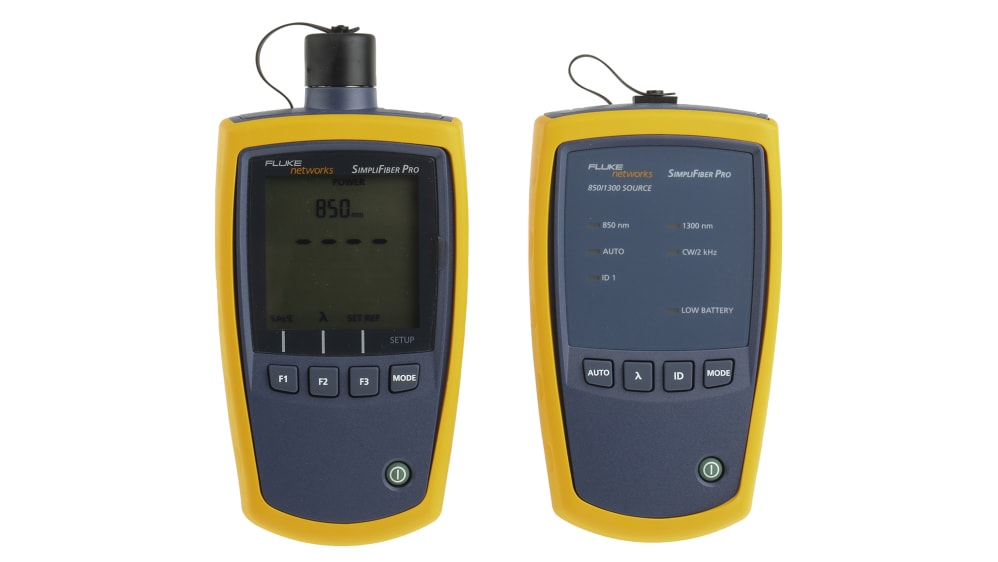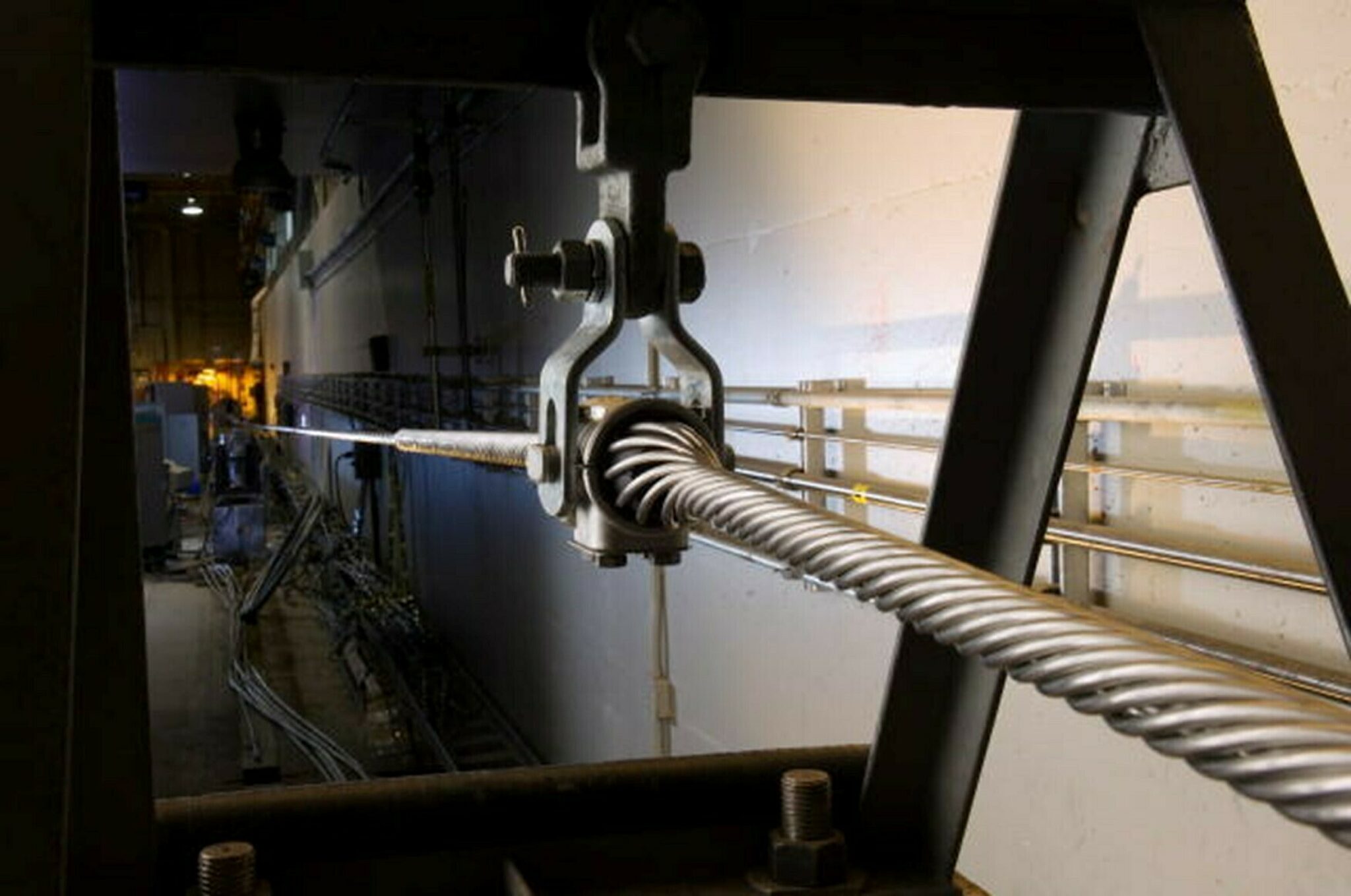The use of ofda improves fibre evaluation with innovative optical technology.
The use of ofda improves fibre evaluation with innovative optical technology.
Blog Article
Discover the Importance of Optical Fiber Screening in Modern Telecommunications
In the realm of modern telecommunications, the importance of optical fiber screening can not be overstated, as it functions as the foundation for making sure network reliability and performance. By carrying out regular testing protocols, drivers can preemptively recognize prospective problems such as signal degradation, hence safeguarding against interruptions that might verify costly. Advanced techniques like Optical Time-Domain Reflectometry play a critical role in this procedure, yet numerous might ignore the wider ramifications of these methods. What are the particular benefits that routine testing offers, and how might it shape the future landscape of telecoms?

Recognizing Optical Fiber Testing
Optical fibre testing is a vital process in telecommunications that ensures the stability and performance of fibre optic networks. This screening includes a series of treatments created to evaluate the physical and functional characteristics of optical fibres - optical fibre testing equipment. Key criteria examined consist of optical power loss, data transfer capability, and mistake location, which are crucial for preserving high-quality interaction links
The testing process generally involves using specific devices such as Optical Time-Domain Reflectometers (OTDR) and Optical Power Meters. OTDRs are used to recognize and characterize mistakes, interlaces, and connectors within the fiber, while power meters gauge the transmitted light signal stamina to determine effectiveness.
Furthermore, screening is performed at different stages, including throughout installation, maintenance, and troubleshooting, to ensure that the network satisfies industry requirements and functional requirements. Conformity with criteria set by companies like the International Telecommunication Union (ITU) and the Telecommunications Market Organization (TIA) is critical.
Advantages of Normal Testing
Routine testing of optical fibres yields various advantages that significantly enhance network integrity and performance. Among the primary benefits is the early detection of possible problems, such as breaks or deterioration in the fiber, which can bring about expensive downtime if left unaddressed (ofda). By determining these issues proactively, telecoms carriers can lessen solution disruptions and guarantee regular connection for their consumers
In addition, routine screening assists to maintain the integrity of signal quality. As optical fibres age, their performance can be affected by factors such as environmental conditions and physical stress and anxiety. Routine analyses enable the monitoring of signal loss and total transmission effectiveness, making sure that the network runs at ideal levels.
One more substantial advantage is conformity with industry requirements. Regular testing supports adherence to regulative requirements, consequently alleviating legal and monetary dangers connected with non-compliance. It boosts the general life-span of the fiber infrastructure by facilitating prompt upkeep and repairs.

Common Checking Methods
Evaluating optical fibers uses different approaches to ensure the stability and efficiency of telecommunications networks. Amongst the most usual strategies is Optical Time Domain Reflectometry (OTDR), which evaluates the whole size of the fiber by sending a pulse of light and determining the reflections triggered by blemishes or breaks. This approach provides comprehensive info regarding the place and intensity of mistakes.
One more prevalent method is using Optical Power Meters, which determine the click for more info amount of light transmitted through the fibre. This technique helps identify the loss of signal toughness, ensuring that it meets industry standards. Additionally, Aesthetic Mistake Locators (VFL) are utilized to determine breaks or serious bends in the fiber by forecasting a visible laser light right into the wire.
Insertion loss testing is also vital, as it measures the loss of signal power resulting from connections and interlaces within the network. Additionally, the usage of Polarization Mode Dispersion (PMD) testing analyzes the impact of fiber attributes on signal stability.
Each of these methods plays a vital function in preserving the performance and integrity of optical fibre networks, inevitably adding to smooth telecoms procedures.
Effect On Network Performance
The integrity and performance of optical fibre networks directly affect general network efficiency. In modern telecommunications, the efficiency of information transmission depends greatly on the high quality of the optical fibers utilized. Any kind of deterioration in the fibre's condition-- whether due to physical damage, contamination, or too much bending-- can bring about boosted depletion and signal loss, substantially affecting data honesty and speed.
Regular optical fiber testing is essential to identify and rectify potential problems prior to they manifest as network failures or slowdowns. Methods such as Optical Time Domain Name Reflectometry (OTDR) and insertion loss screening allow professionals to gauge the performance of fiber web links accurately. These examinations not only review the physical condition of the fibres but also guarantee conformity with sector standards, consequently securing the network's dependability.
Moreover, a properly maintained optical fiber network contributes to reduced operational expenses and enhanced client fulfillment, as end-users experience fewer disruptions and greater information prices. Inevitably, the emphasis on rigorous optical fibre testing methods works as a keystone for maintaining durable telecoms infrastructure, making sure that company can meet the Click This Link expanding needs for transmission capacity and connectivity in today's digital age.
Future Trends in Evaluating
As we look in advance, advancements in modern technology are positioned to reshape optical fiber screening in telecommunications. The increase of automation and expert system (AI) is anticipated to boost the efficiency and precision of screening procedures. Automated testing systems can perform thorough evaluations with marginal human intervention, significantly reducing the potential for mistakes and expediting time-to-deployment.
Furthermore, the integration of device understanding formulas will certainly allow predictive upkeep, enabling network carriers to anticipate prospective problems before they rise into failures. This aggressive technique not only improves network integrity yet additionally optimizes operational prices.
One more emerging pattern is the growth of portable screening tools that use real-time analysis - optical fibre diameter analyser. These gadgets will encourage professionals to do on-site diagnostics swiftly, helping with quicker resolutions and enhancing solution quality
The growth of 5G networks even more necessitates the advancement of testing approaches. As transmission capacity demands increase, typical testing strategies may no much longer suffice. Innovative solutions such as optical time-domain reflectometry (OTDR) and advanced spooky analysis will certainly become critical in guaranteeing the honesty and performance click this site of high-speed links.

Final Thought
To conclude, optical fiber testing is important for making sure the honesty and reliability of modern telecommunications networks. Normal screening practices not just aid identify possible problems such as signal loss and faults yet also add to boosted network efficiency and client contentment. As the need for seamless connectivity continues to grow, the fostering of innovative testing techniques will certainly play a vital function in keeping high-quality network standards and supporting the progressing landscape of telecoms.
Report this page